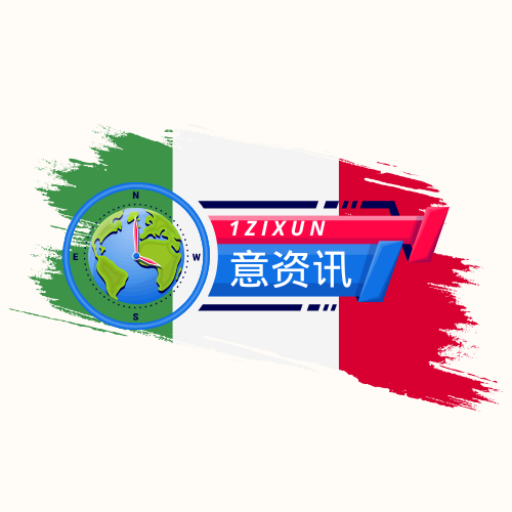The summer winds of peace that blew from Alaska have now cooled, with autumn at the battlefield’s doorstep and yet another winter of war to face. Vladimir Putin shows no mercy, provocatively warning that he has “over 700,000 men deployed on the front in Ukraine.” Moscow, as usual, says it is open to compromises provided its interests are guaranteed—an endless waltz that always leads to the same point: stalemate.
In a surprise move, Volodymyr Zelensky visited Ukrainian troops in the Donetsk region, a theatre of fierce clashes since 2014. He claimed a “counteroffensive operation” was underway in the Dobropillia and Pokrovsk sectors, where Russian forces risked a breakthrough but ultimately failed. This is a significant detail because, as every year, ground movements from October onward become more complicated with the arrival of rains and mud, followed by snow.
“Ukraine is justly defending its positions and its territory,” Zelensky stated. “We are foiling all of Russia’s plans, the plans to destroy our state.” However, in reality, not even 2025 is expected to be the year of peace, with attention shifting to 2026. The West and Russia—backed by China, Iran, North Korea, and, to some extent, a highly ambiguous India—are increasingly engaged in a race against time.
Moscow’s economy is slowing—the Tsar claims this is intentional to “contain inflation”—while its ability to sustain the war effort diminishes. Coincidentally, Putin has blessed the idea of a “luxury tax” to replenish state coffers, provided “it is not excessive.” But these are merely signals. Donald Trump has understood this well and, from London, is again stressing the need to deprive the Kremlin of essential revenue by halting European allies’ purchases of Russian oil (namely, only Hungary, Slovakia, and Turkey). “If oil prices drop, Putin will have to stop,” the US President said. This is where Europe comes in.
An extraordinary Coreper meeting—the Committee of Permanent Representatives to the EU—will be held in Brussels tomorrow to discuss sanctions, as the 19th package drafted by the European Commission appears to be nearing completion. There is great anticipation, especially following Trump’s demands concerning both oil and tariffs on China. However, the EU does not impose secondary sanctions in the same way the US does, and therefore—several sources explain—it is studying the possibility of adding more third-country companies to its blacklist for helping Moscow evade the (many) restrictive measures already enacted.
Regarding hydrocarbons, in addition to oil, gas must also be considered. EU countries still import a significant share of Russian LNG. Under the RePowerEU plan, the Commission has presented a proposal to end long-term contracts by January 1, 2028. The executive is now reportedly considering moving that date forward with an amendment. After that, it would be up to the Council and Parliament to approve it (the previous proposal has been languishing there since June). In short, as always in these matters, the final say lies with the national capitals.
Another related issue is the use of the frozen assets of the Russian Central Bank held at the Belgian Euroclear, the famous €200 billion. So far, only the profits have been used, but many member states—along with Washington itself—are pushing for the capital to be confiscated. The ECB, however, is skeptical, fearing repercussions for the euro. Based on this assessment, Paris, Rome, and Berlin have been immovable. That said, Zelensky has been clear: to continue the war next year, he needs an additional €60 billion. Given the state of budgets across Europe, that money is starting to look tempting. The Commission is therefore studying “creative methods” to present to member states for accessing the Kremlin’s frozen capital while preserving the stability of the single currency. The finance ministers meeting in Copenhagen for an informal council will likely be informed.
